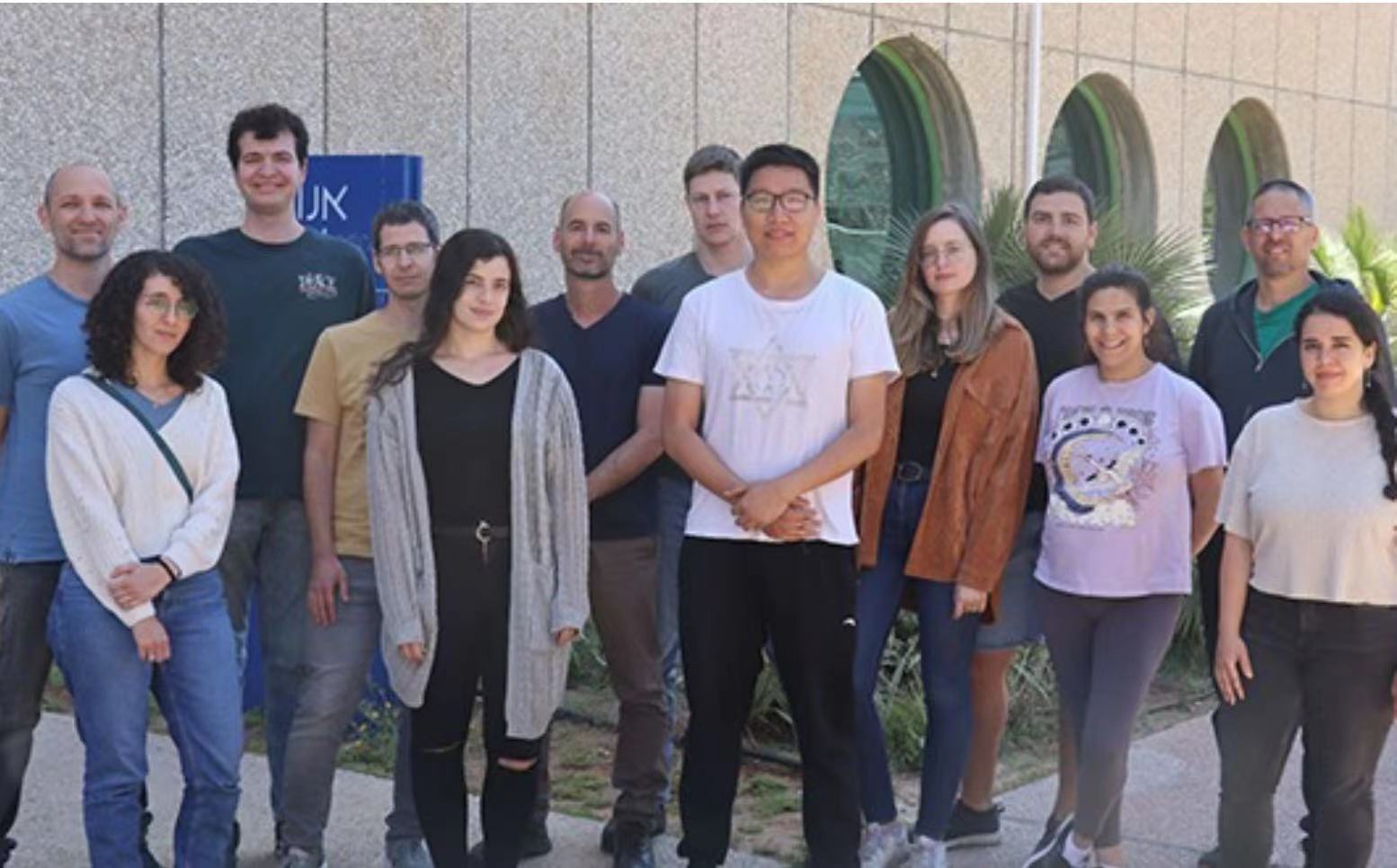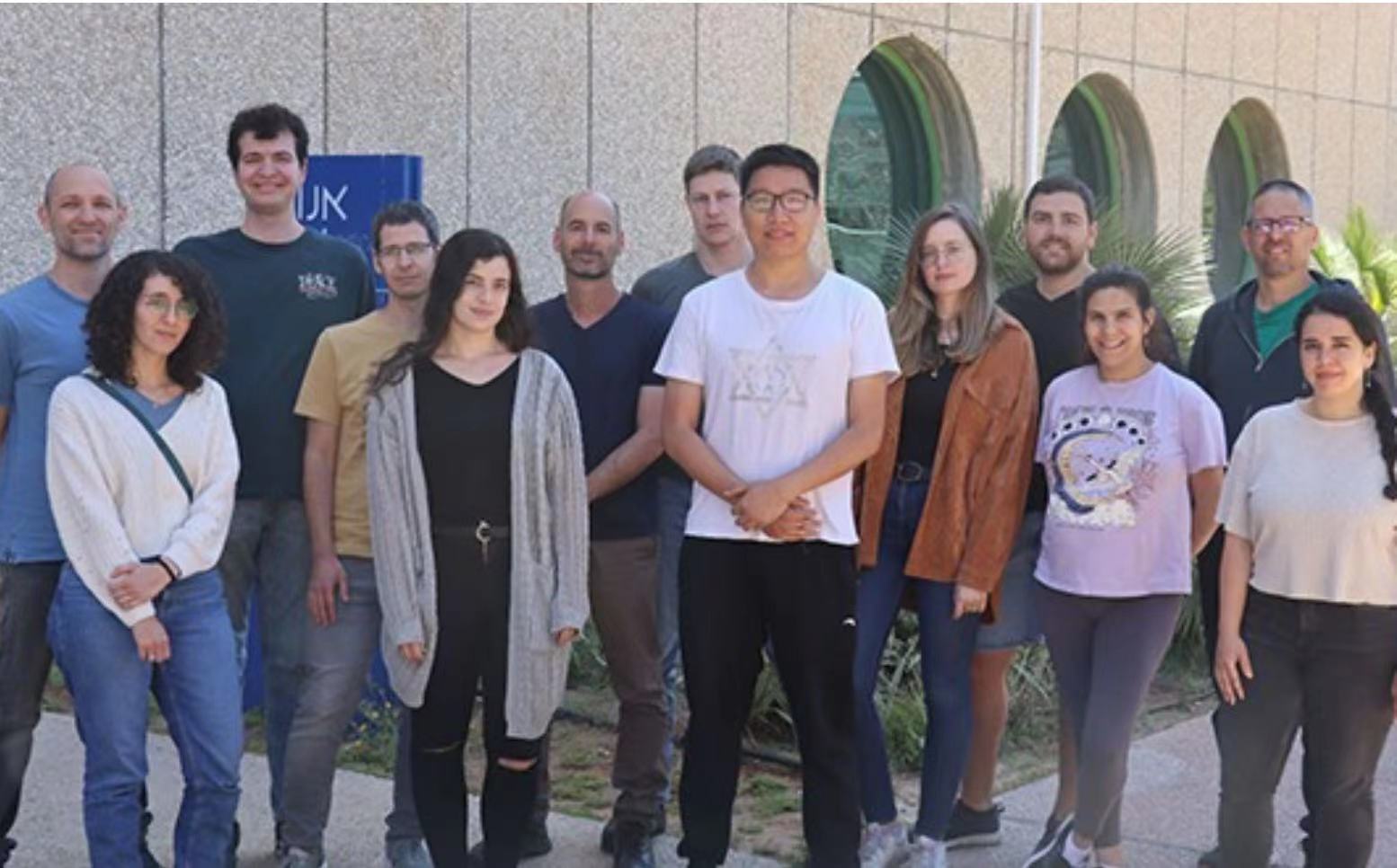
00:00 - 00:00
Source: https://china.tau.ac.il/1642461643496849408-CRISPR
In a groundbreaking study, the Plant Science and Food Safety research team at Tel Aviv University's School of Life Sciences utilized CRISPR technology to develop an innovative and scalable gene modification method. They uncovered the roles and characteristics of repetitive genes in plants, successfully identifying many overlooked features. This breakthrough research is expected to revolutionize agricultural practices for various crops, including increasing yield and enhancing crop resistance to drought and pests.
This pioneering research in plant science and food safety at Tel Aviv University was led by Dr. Hu Yangjie, a postdoctoral researcher, under the guidance of Professors Eilon Shani and Itay Mayrose in the field of plant science and food safety. The research team collaborated with scientists from France, Denmark, and Switzerland to develop this innovative gene localization technique using CRISPR gene editing technology, along with bioinformatics and molecular genetics methods. The research findings have been published in the prestigious journal "Nature Plants."
Gene redundancy caused by gene families has long been a significant challenge in plant research. Previous gene intervention methods were limited as they could not accurately identify the genes responsible for specific traits. A recognized approach to address this challenge is to induce mutations, modifying genes in different ways, and then examining changes in plant characteristics caused by gene mutations to understand gene functionality in plants.
The research team at Tel Aviv University utilized CRISPR and sgRNA sequence design to tackle this challenge. These sgRNA sequences guide an enzyme called Cas9, naturally present in bacteria, to cut specific gene sequences associated with the entire gene family. Professor Mayrose explained, "This gene editing method allows us to design different sgRNA sequences so that Cas9 can cut almost any gene we want to modify. We hope to apply this technology to control mutations in plants to achieve agricultural improvement, especially to overcome common limitations caused by gene redundancy."


